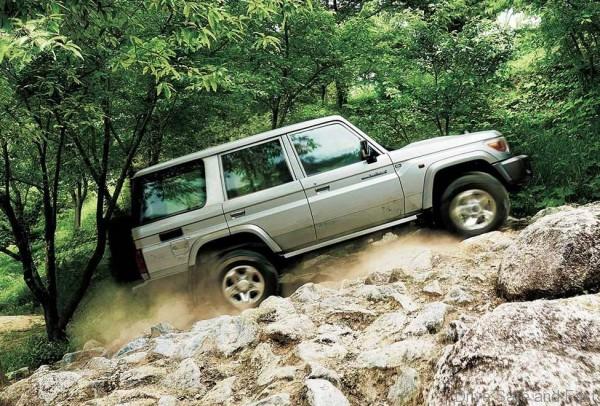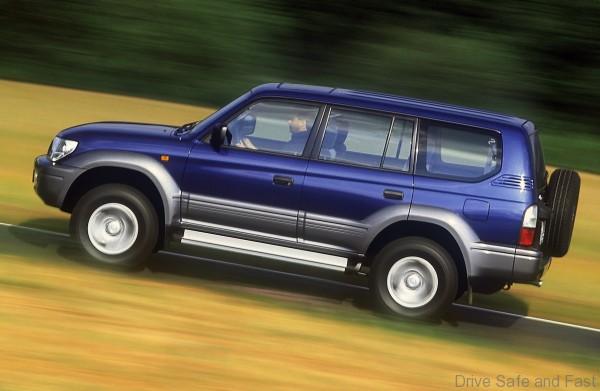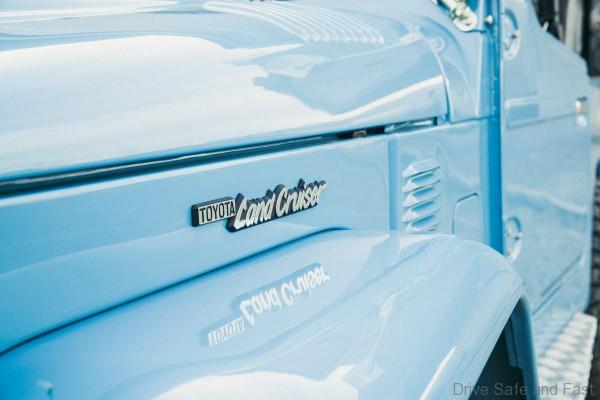Toyota Land Cruiser, Simply Reliable…Till Today!
Development of the first generation Land Cruiser began in 1951 as Toyota’s version of a Jeep-like vehicle and production started in 1954. The Land Cruiser has been produced in convertible, hardtop, station wagon, and utility truck versions.
The Land Cruiser’s reliability and longevity has led it to its huge popularity, especially in East Malaysia (Borneo) where it was the best-selling full-size, body-on-frame, four-wheel drive vehicle in the 1980s and 1990s. 1984 – 70 Series was introduced.
While still incredibly popular, after nearly 30 years the 40-series had gone about as far as it could go. It may have been time for a complete design overhaul, but there was no way Toyota were going to compromise the inherent toughness of the next generation Land Cruiser.
A strong ladder frame was introduced with rigid leaf springs. The body plates were thickened by 1.0mm for added strength. As before there were two body types available, the short BJ70 and the middle BJ73.
In 1985 a derivative of the BJ70 model was added. The LJ71G model, more commonly known as the Light Land Cruiser, or the Land Cruiser II, it had a 2L-T-type turbo diesel engine. Providing more car-like passenger comfort, it had a more rounded front and the suspension had rigid coil springs. At that time the BJ70 lineup was also expanded to include a 13B-T-type turbo diesel engine and automatic transmission.
In 1990 the 70-series wagon underwent another complete makeover. In addition to the original 2-door, a 4-door semi-long was introduced. The name was changed to the Prado, and with other design changes and newly developed engines, it took on its own unique identity. The 4-door model had 3 rows of seats and could carry 8 people. Compared to the 70-series that was registered as a commercial vehicle, it now had more potential reclassified as an RV.
Wide body versions of Prado followed in 1991 and 1993 and another newly developed engine was also added ‘ 1KZ-TE bringing major improvements in performance. Prado was on its way. With a full model change in 1996 it embarked on an independent path and became a standalone brand within the Toyota range.





















